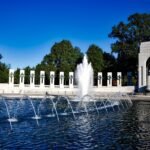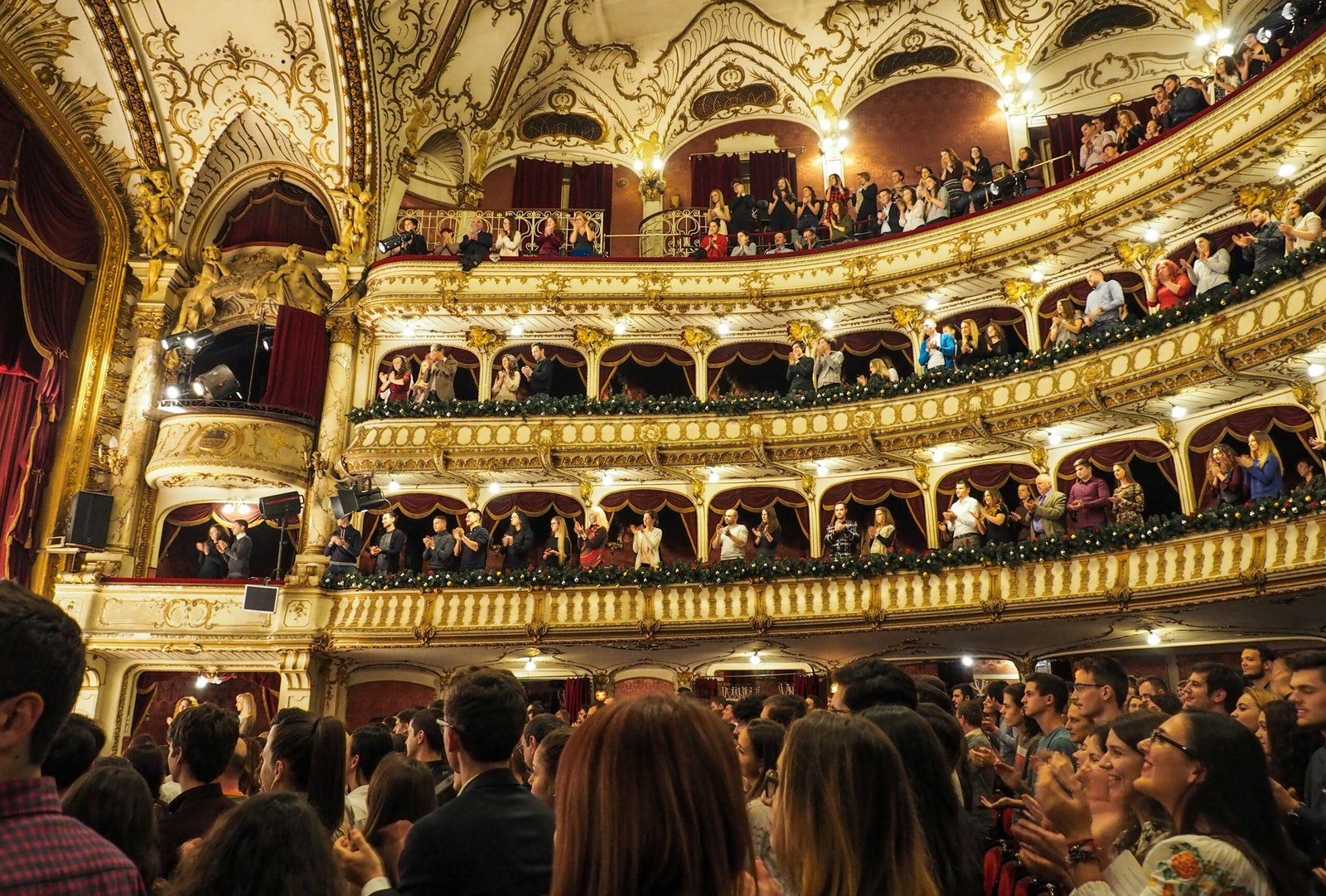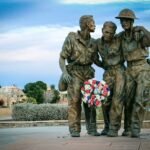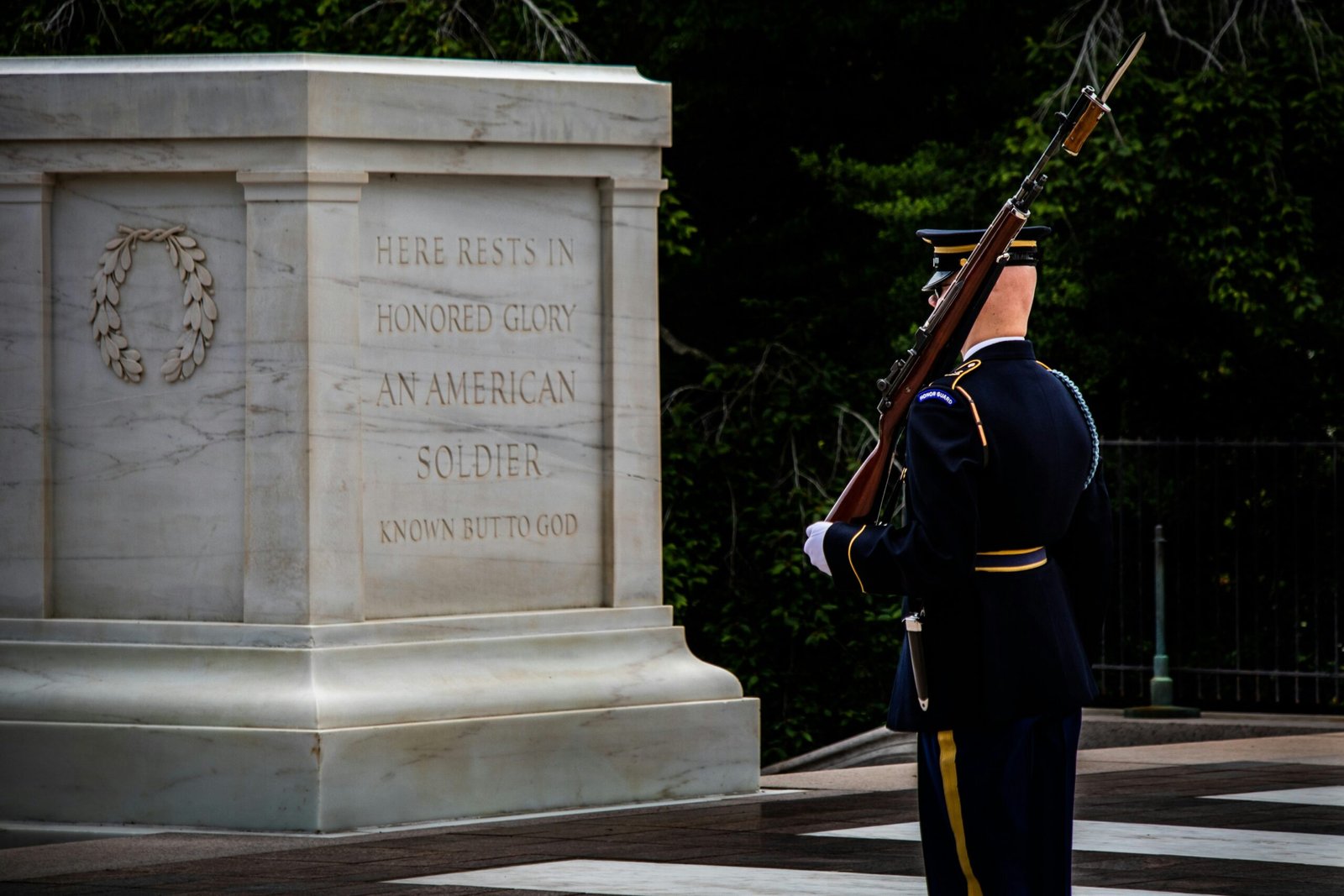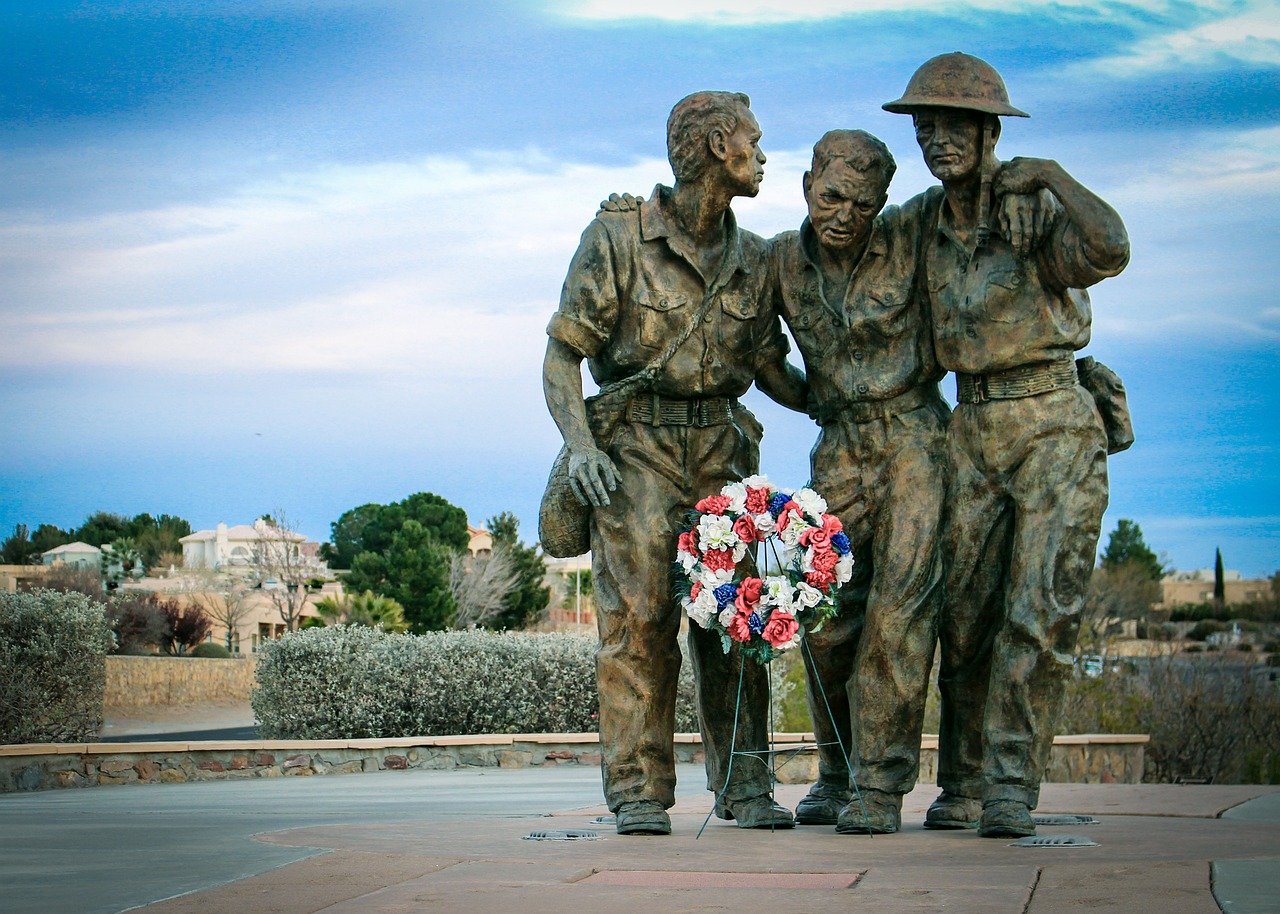Introduction to the Korean War Veterans Memorial
The Korean War Veterans Memorial, located in Washington D.C., honors the brave men and women who served from 1950 to 1953. Dedicated on July 27, 1995, the 42nd anniversary of the armistice, it stands as a powerful symbol of remembrance and education. This war, often called “the Forgotten War,” was a time of immense sacrifice and courage.
The surrounding black granite wall is inscribed with the names of those who served, adding a personal touch to the tribute. Sculptor Frank Gaylord and the design team aimed to create a piece that reflects both the physical and emotional weight of the war.
Memorials like this one are vital. They teach future generations about the sacrifices made during the Korean War. Despite being overlooked in many historical accounts, this war shaped modern history and tested the resolve of those who fought. The memorial helps bridge the gap between past and present, deepening the understanding of the veterans’ bravery.
It continues to inspire visitors to honor those who defended freedom and democracy in Korea.
It ensures that their resilience and contributions are never forgotten. The Korean War Veterans Memorial stands as a beacon of respect and appreciation for all who served.
The Design and Pathway of the Memorial
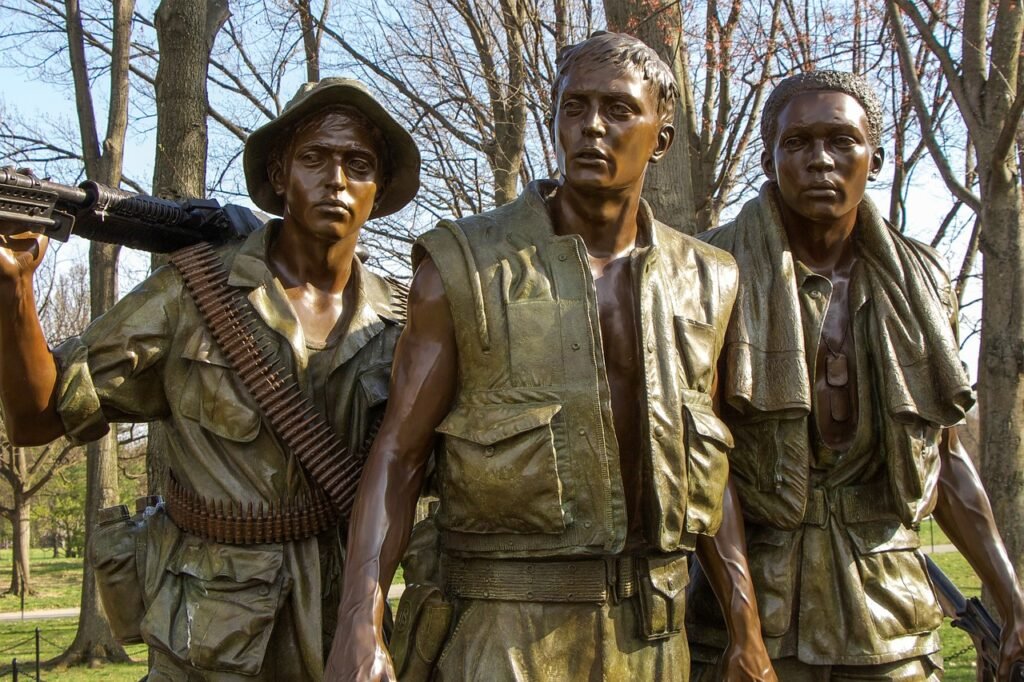
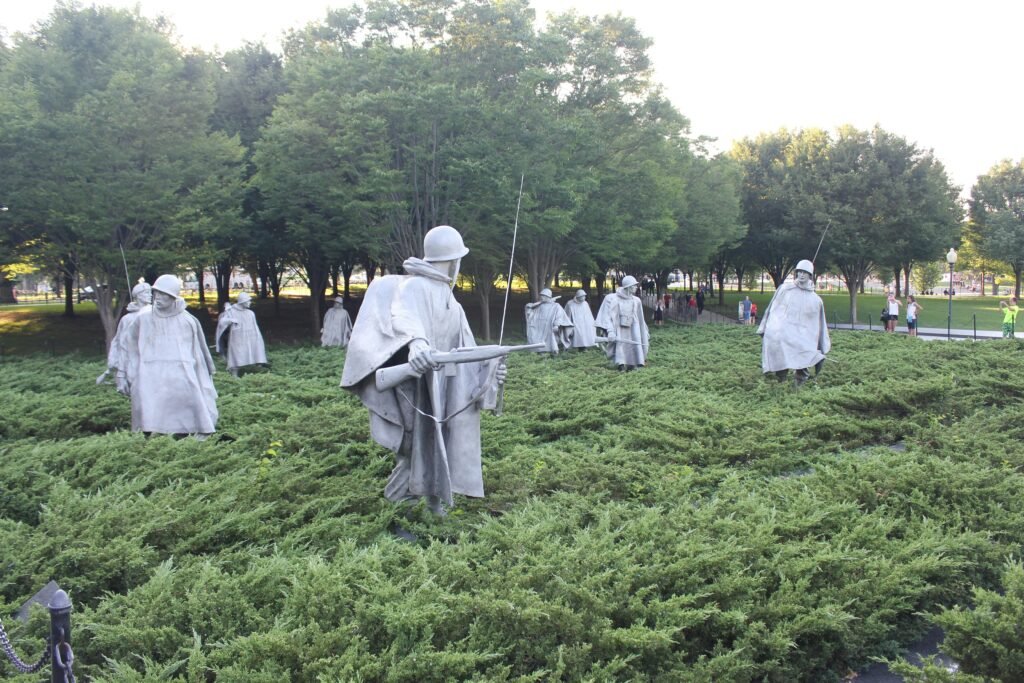
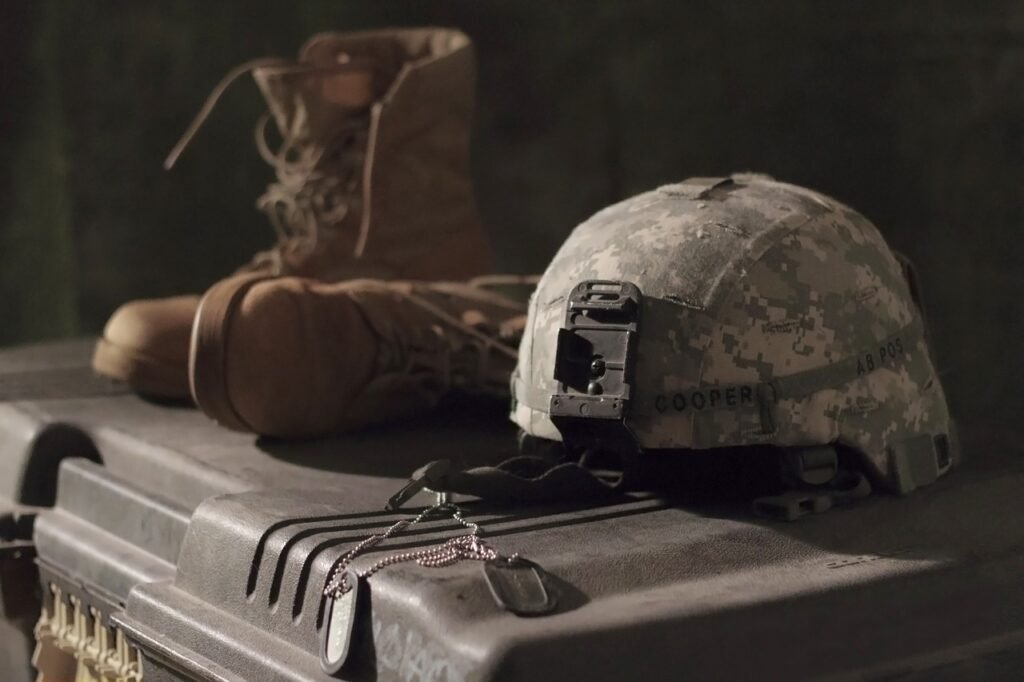

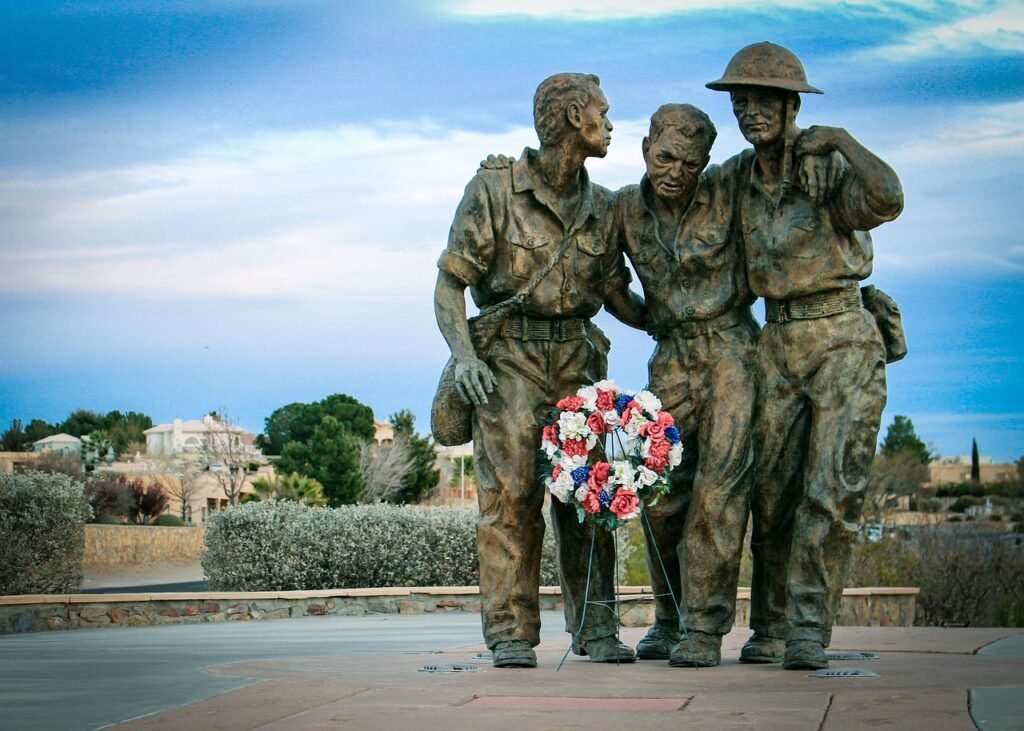
The Korean War Veterans Memorial is a powerful tribute combining art and symbolism. Each statue is carefully crafted to capture the spirit of the soldiers who served in the Korean War. These figures go beyond simple depictions; they represent the collective bravery and sacrifice of those who endured harsh conditions in this challenging conflict.
This pool mirrors the sky above, creating a peaceful space for reflection and remembrance. The water’s surface symbolizes the lasting impact of the war on the soldiers and their families. It invites visitors to connect with the memories of those who served and the sacrifices made, highlighting the enduring legacy of the Korean War veterans.
The Wall of Remembrance is another important feature. It lists the names of over 36,000 American soldiers who died in the conflict. The memorial’s design involved collaboration with veterans, their families, artists, and architects. This approach ensured that the voices of those directly affected by the war were honored. The result is a space that holds both personal and collective memory, leaving a lasting impression on all who visit.
Significance of the Memorial in Modern Context
Today, it not only honors veterans’ courage but also serves as an educational resource. The memorial helps increase public understanding of the Korean War, a conflict often overlooked in American history. Through various programs, it encourages reflection on the impact of war and promotes historical awareness.
The memorial offers guided tours and educational programs to give visitors deeper insights into the war and its significance. These programs cater to school groups and adults, ensuring people of all ages can learn about this important period. By encouraging discussions and sharing knowledge, the memorial helps keep the lessons of the Korean War alive and honors the legacy of those who served.
The memorial also plays an essential role in healing and reconciliation for veterans and their families. Many veterans find comfort in visiting, using it as a space to reflect on their experiences and the long-term effects of war. Remembrance can be therapeutic, aiding emotional healing. The educational programs also support families by providing context for their loved one’s service, strengthening bonds, and promoting communication.
In conclusion, the Korean War Veterans Memorial is more than a tribute; it is an active educational tool that informs and inspires future generations. Its role today goes beyond remembrance—it fosters education and reconciliation, making it a vital part of society.
Ways to Honor and Support Korean War Veterans
Honoring Korean War veterans is a meaningful way to recognize their service and sacrifices during a challenging time in history. One powerful way to show support is by visiting the Korean War Veterans Memorial in Washington, D.C. This memorial serves as both a tribute and an educational resource, showcasing the experiences and bravery of those who fought. Take time to explore the exhibits and reflect on the stories that shaped this chapter of American history.
Participating in commemorative events is another impactful way to honor veterans. Many communities hold parades, ceremonies, and special dinners, especially on the anniversary of the armistice. Connecting with local veteran organizations can help you stay informed about upcoming events and how you can take part. These gatherings remind us of the importance of remembering our heroes and fostering respect and unity.
Supporting veteran organizations that focus on the needs of Korean War veterans can make a real difference. Nonprofits work to provide veterans with healthcare, housing, and mental health support. Consider donating or volunteering your time to these organizations, as many rely on community help to continue their work. Groups like the Korean War Veterans Association and local veterans’ relief programs can offer ways to contribute.
Spreading awareness through social media or community discussions can also help educate others about the Korean War and the sacrifices made by these veterans. Encourage friends and family to learn more and understand the importance of supporting our veterans. By taking part in these initiatives, you help honor the legacy of Korean War veterans and ensure their stories are never forgotten.
